In 2017 too, a downturn was also recorded in the first half of the year. Only after this was there a rise again for the first time since 2015, thanks to the growing purchase power. This upward movement was primarily driven by the development material segment while building materials continued to decline. These figures originate from the industry analysis "The DIY market in the Russian Federation" by the market research company Infoline.
According to estimations by the market researcher, 2017 was primarily characterised by continuing market consolidation and weakening of the positions of regional chains by the industry giants' aggressive price and marketing politics. In addition there is also the rise of online and multi-channel purchases. Online purchases in the industry grew in 2017 by 40 per cent to a level of around RUB 95 bn (EUR 1.36 bn). A total of eight million online orders were placed and processed.
Consumers continued to show themselves to be very price-conscious: they compared prices on the Internet and on-site, actively responded to offers and purchased proportionally more own brands than in the past.
The industry proceeded correspondingly cautiously with new store openings. In 2017 the 50 leading retailers put 320 000 m² of new retail space into operation. This is 35 000 m² less than 2016, however still more than in 2014 and 2015. In the meantime, the chains are now also targeting towns with ever lower population figures in their regional expansions.
Leroy Merlin massively strengthened its position at the top of the sales ranking in 2017. The French chain increased its sales by 21.5 per cent: 16 new stores were primarily responsible for the growth, including ones in nine new regions. In the first quarter of 2018 the Adeo subsidiary also took over twelve K-Rauta branches which will all reopen after being converted to Leroy Merlin stores, still in this year.
For the first time the phalanx of the top 3 - until now Leroy Merlin, Obi and Castorama - has been mixed up by a local DIY chain owner: Petrovitch has pushed itself to position two with 20.8 per cent sales growth and has sent Obi to position 3 with a decline of 2 per cent. Petrovitch particularly impresses with its high share of Internet trade of over a third of its overall sales. The…

 Menü
Menü




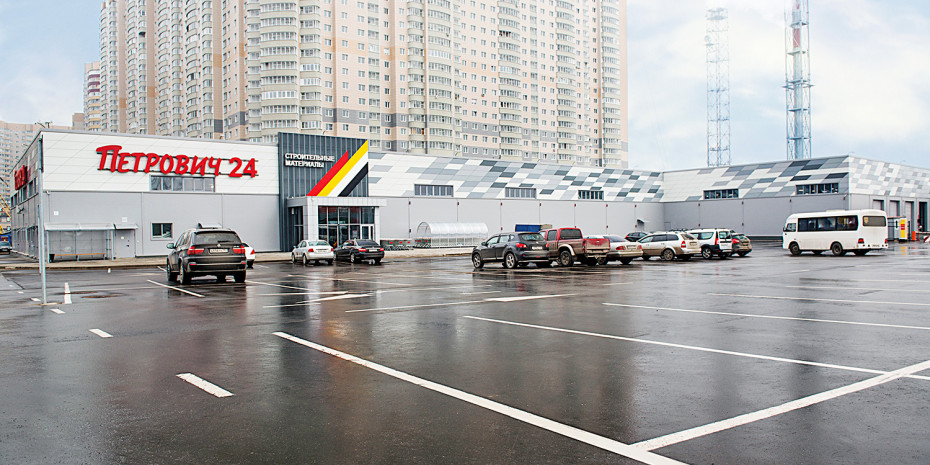

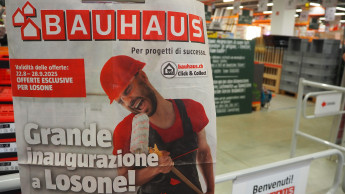
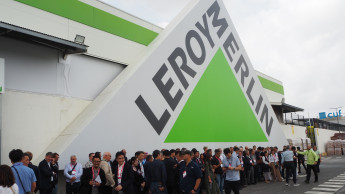
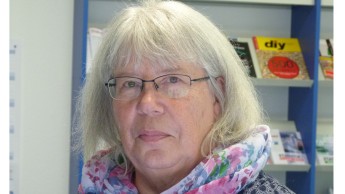
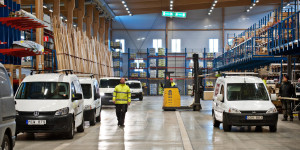


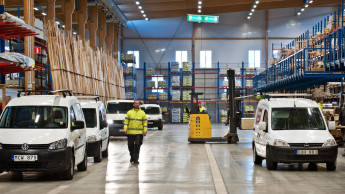


 Newsletter
Newsletter